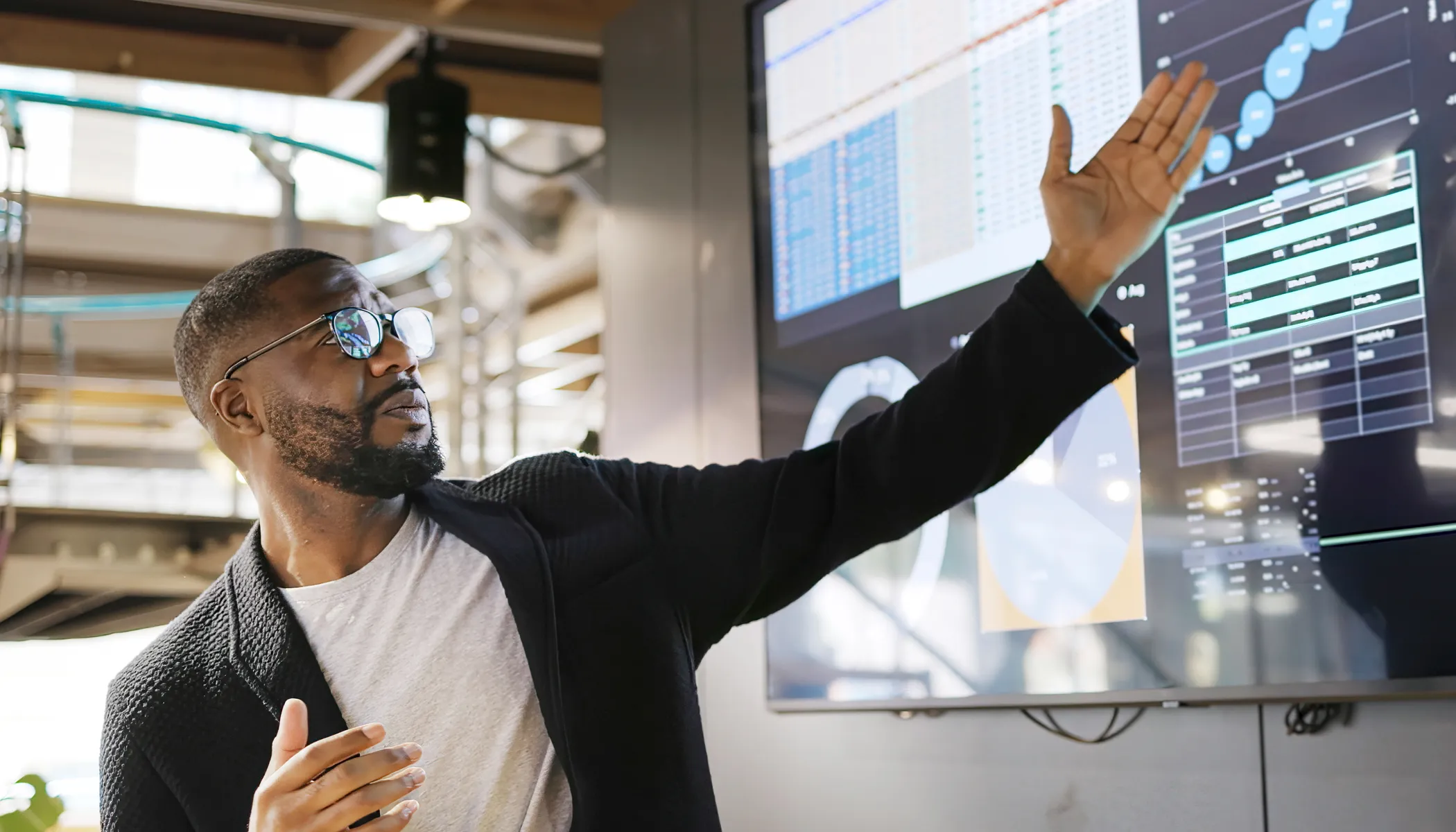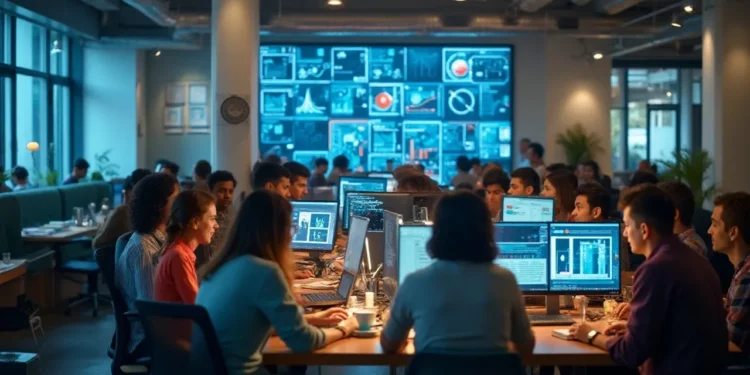The future of work is teetering on the brink of a seismic shift, not due to political maneuvers, but because of the rapid advance of artificial intelligence (AI). As millions of Americans face the prospect of transitioning careers, the question looms: is the nation ready for the AI revolution?

A Slow Burn with Widespread Effects
The echoes of the past “China shock,” which saw over 2 million American factory jobs disappear between 1999 and 2011, still resonate in the collective memory of the workforce. This previous economic upheaval, brought on by increased trade with China, primarily affected blue-collar workers in the Midwest, leaving a trail of economic dislocation and personal despair that fueled political upheaval. However, experts believe the AI-induced job transformation could ripple through the job market in an entirely different way.
“Part of the reason the China trade shock was so scarring is it happened so quickly,” explains David Autor, an MIT economics professor and a co-author of seminal research on the China shock. Unlike the abrupt loss of manufacturing jobs, the integration of AI into the workforce is expected to be a more gradual process, albeit a significantly transformative one.

The Challenge of Retraining and Adaptation
The AI revolution is set to redefine the landscape of American employment, touching not just manufacturing but infiltrating white-collar sectors, often considered safe from the reach of automation. This shift could potentially disrupt the careers of millions of knowledge workers in urban settings, who might find themselves competing with AI for entry-level positions that were once the first rung on the career ladder.
“There’s a massive risk that entry-level, white-collar work could get automated. What does that do to career ladders?” asks Molly Kinder, a fellow at the Brookings Institution. Her research suggests that jobs like marketing analysts are significantly more likely to be automated compared to higher-level positions.

Preparing for a Generational Shift
The impending AI transformation presents a daunting challenge: how to retrain a workforce that is largely unprepared for such a shift. Historically, the U.S. has struggled with retraining efforts. During the China shock, many affected workers received minimal assistance, suffering long-term unemployment and underemployment.
The story, however, can be different this time. Learning from past mistakes and drawing inspiration from models like Denmark, where government programs actively facilitate career transitions through formal training, could pave the way for a smoother adaptation to the AI-driven economy. In Denmark, nearly 40% of unemployed workers participate in some form of retraining, demonstrating a proactive approach to workforce adaptation that could serve as a model for the U.S. As AI continues to evolve, its potential to automate tasks and disrupt job markets is undeniable. But with strategic planning and investment in human capital, there is an opportunity to mitigate the adverse effects while capitalizing on the benefits of AI.

The real measure of success in the coming AI era will not only be technological superiority but also the ability to ensure that American workers are not left behind. By fostering an environment that prioritizes skill development and retraining, the U.S. can navigate this new frontier more effectively, ensuring that the AI revolution benefits all sectors of society.










